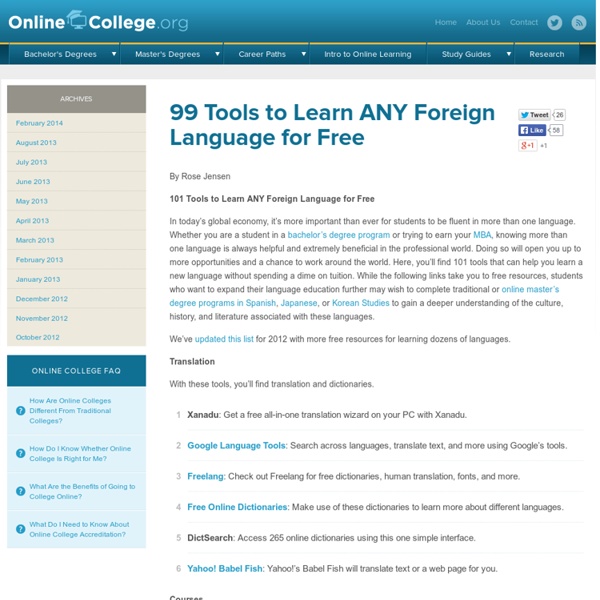bab.la Phrases
The phrase dictionary includes thousands of common phrases divided into six main categories: Academic Writing, Business Communication, Applications and Résumés, Personal Correspondence, Travel, and Immigration. Within each category widely used phrases are grouped together according to the situation in which a phrase is used. The situation description helps you judge in which context to use the phrase. The idea behind the phrases dictionary is to use it as a tool to help with formal writing or where it is expected to use a particular writing style.
Methodology » Suggestology & Suggestopedia
The method we use is called Suggestopedia. Its main advantage is that it provides high results in learning to speak a foreign language and this happens much faster than when using more conventional methods. It focuses on amassing passive knowledge (things one understands but cannot use on one’s own), which is then quite quickly transformed into active knowledge (actually speaking with what one has already learned). This happens by means of simultaneously activating the different types of memory – logical, emotional, intuitive, etc. The method is highly recommendable when fast result is sought – for example, for professionals who need to prepare for a specific business trip (when the important thing is to ‘manage’ on their own and not to get into the details and shades of the target language). First, the new material is read by the teacher at the background of classical music.
5 Great YouTube Channels for Learning English
September 2 , 2015 Youtube is undoubtedly a great source of educational content to use in class with your students. It also hosts tons of channels that provide instructional tutorials specifically tailored for different learning needs and styles. We have already reviewed some of these channels in previous posts and today we are sharing with you some of our favourite YouTube channels for learning English. You can use them with your ELL/ESL/EFL students to enhance their grasp of English in different areas: speaking, writing, listening , vocabulary, and grammar.
Suggestopedia - Methodologies and Approaches in ELT
Notes taken from WIkipedia to demonstrate generating TOC. Accelerated learning e-demo here. Introduction Suggestopedia is one of the teaching methods developed by Bulgarian psychotherapist Georgi Lozanov based on the study of Suggestology.
Is Japanese hard to learn?
If looked at from a linguistic point of view, Japanese is considered one of the easier languages for a beginner to learn. It has a simple pronunciation scheme and with few exceptions a straight forward set of grammatical rules. Limitations on sentence structure are also quite minimal. The most difficult aspect of learning Japanese is the mastery of the reading and writing of kanji.
Learn to Speak Japanese
By Namiko Abe Updated September 16, 2015. So you want to learn how to speak Japanese, but don't know where to start?
Japanese Writing for Beginners
General Description about Japanese writing Writing might be one of the most difficult, but also fun, parts of learning Japanese. The Japanese don't use an alphabet. There are three types of scripts in Japanese: kanji, hiragana and katakana. The combination of all three is used for writing. Roughly speaking, kanji represents blocks of meaning (nouns, stems of adjectives and verbs) and hiragana expresses the grammatical relationship between them (endings of adjectives and verbs, particles).
Why Chinese Is So Damn Hard
(简体字:为什么中文这么TM难?) (繁體字:為什麼中文這麼TM難?) The first question any thoughtful person might ask when reading the title of this essay is, "Hard for whom?"
21 Fantastic Tips and Hacks For Learning a Foreign Language
“To have another language is to possess a second soul.” – Charlemagne I speak three languages: My native language is Spanish—since I’m from Panama, which is a Spanish speaking country.Then, when I was seven years old my family moved to Stamford, Connecticut, USA, for a two-year period.



